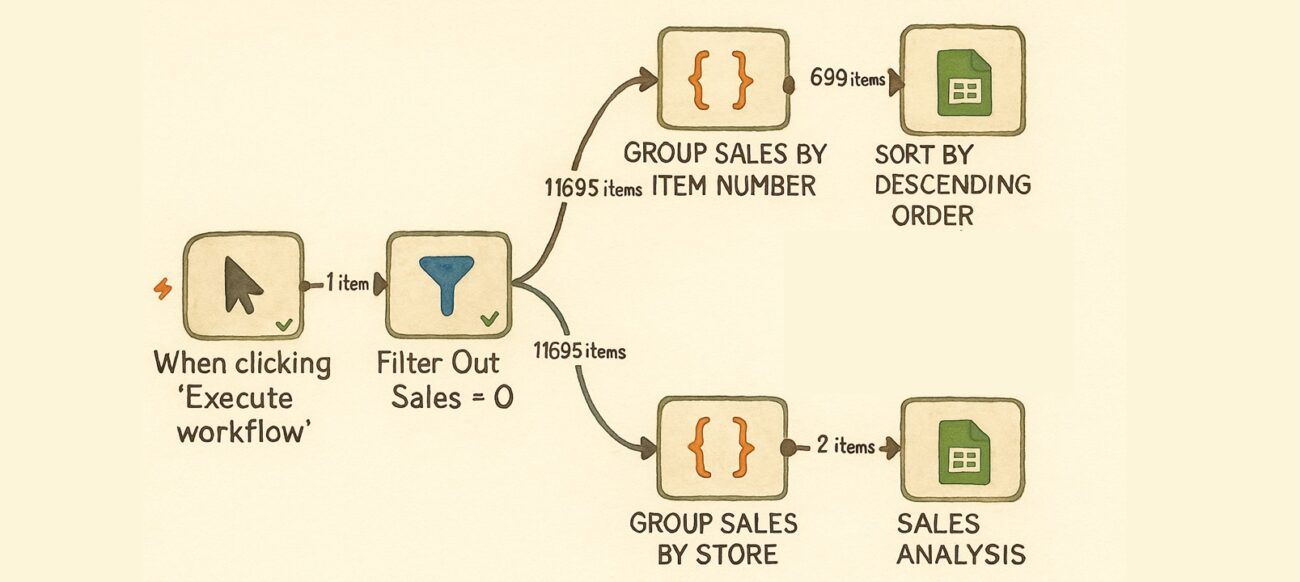Blog
FREE WordPress Complete Course For Beginners 2025 | How To Make a WordPress Website
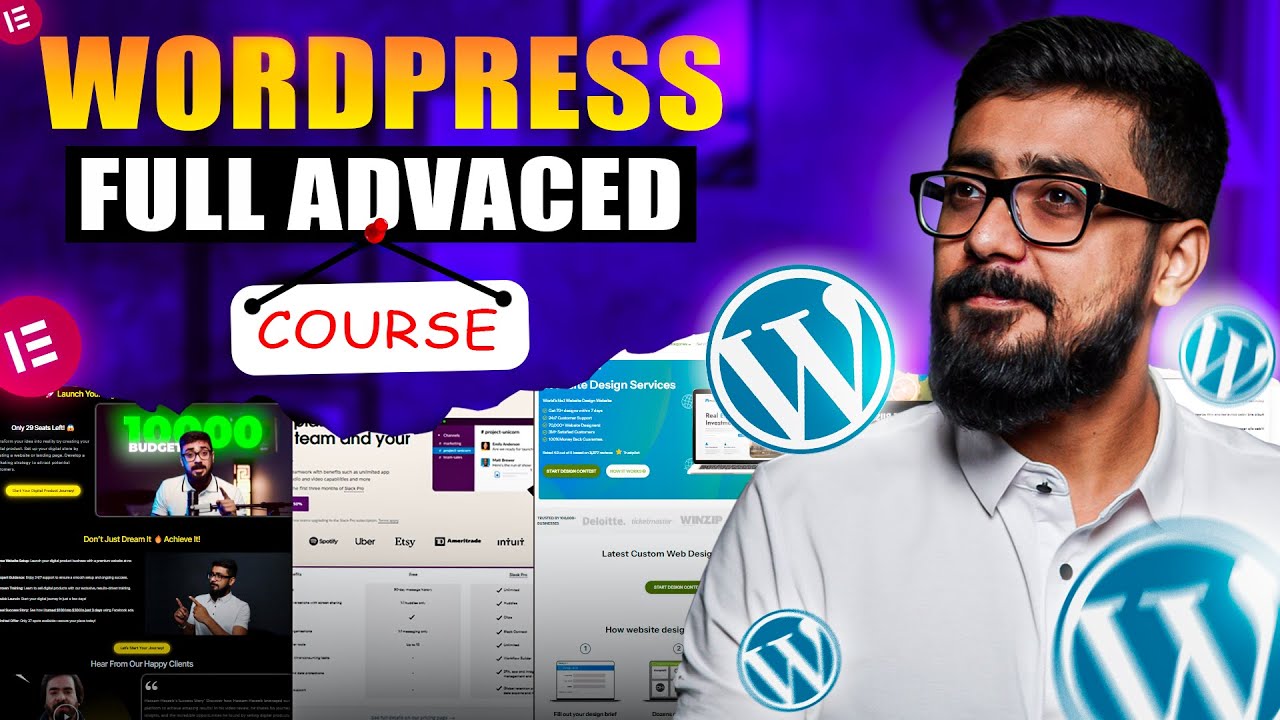
The Ultimate Guide to Building a WordPress Website in 2025
Creating a website has never been more accessible, especially with platforms like WordPress. If you’re a beginner in 2025, there is an abundance of resources available to help you navigate the world of website creation. This guide aims to provide you with everything you need to get started, focusing on free resources and practical steps to build your very own WordPress website.
Understanding WordPress
WordPress is a versatile content management system (CMS) that powers over 40% of all websites. Its ease of use and extensive customization options make it ideal for beginners and professionals alike. Whether you’re starting a blog, portfolio, or e-commerce site, WordPress has the tools you need.
Why Choose WordPress?
Before diving into the technical aspects, let’s look at why WordPress is a preferred choice for many web creators:
-
User-Friendly Interface: The dashboard is intuitive and easy to navigate. Even those without technical skills can manage their content efficiently.
-
Extensive Library of Themes and Plugins: With countless free and premium themes and plugins available, you can customize your site’s appearance and functionality according to your specific needs.
- SEO-Friendliness: WordPress is designed with search engines in mind. It offers various plugins, such as Yoast SEO, to optimize your content for better visibility.
Getting Started with WordPress
Step 1: Choosing a Domain Name
Your domain name is your website’s online address. It should be memorable and relevant to your content. Consider the following tips for selecting the perfect domain name:
- Keep it Short and Simple: A concise name helps users remember it.
- Include Keywords: If possible, incorporate keywords that reflect your website’s niche.
- Check for Availability: Use domain registration websites to ensure your desired name isn’t taken.
Step 2: Selecting a Hosting Provider
Web hosting is where your website’s files are stored online. Choosing the right hosting provider is crucial for your website’s performance. Here are some popular options for beginners:
- Bluehost: Recommended by WordPress, it offers a straightforward setup with 24/7 support.
- SiteGround: Known for its excellent customer service and fast loading times.
- Hostinger: Budget-friendly with robust features suitable for beginners.
When selecting a hosting plan, consider factors such as storage, bandwidth, and customer reviews.
Step 3: Installing WordPress
Most hosting providers offer a one-click installation process for WordPress. After signing up for a hosting plan, navigate to your hosting dashboard and follow these steps:
- Locate the “WordPress” installer in your hosting control panel.
- Click the installation button and fill in the required details, such as your email and site name.
- Once completed, you will receive a link to your new WordPress website.
Step 4: Choosing Your Theme
The theme dictates how your website will look. Here’s how to choose and install a theme:
- Access the Theme Repository: In your WordPress dashboard, go to Appearance > Themes > Add New.
- Search and Filter: Use the search bar to find themes that suit your niche. Consider filtering by features or popularity.
- Preview and Install: Hover over a theme and click ‘Preview’ to see how it looks on your site. If you like it, click ‘Install’ and then ‘Activate.’
Customizing Your Website
Setting Up Basic Pages
Once you have your theme, it’s time to create essential pages for your website. Start by adding the following:
- Home Page: This is the landing page where visitors first arrive. It should introduce your website’s purpose.
- About Page: Share your story, mission, and what visitors can expect from your site.
- Blog/Articles Page: If you plan to publish blog posts, create a dedicated page where they will be listed.
- Contact Page: Include a contact form or your email address for visitors to reach you.
To create a new page, navigate to Pages > Add New in your WordPress dashboard. Use the Gutenberg editor to customize the layout and content.
Utilizing Plugins for Enhanced Functionality
Plugins are essential for adding features and enhancing the performance of your website. Here are some must-have plugins for beginners:
- Yoast SEO: To help optimize your content for search engines.
- Wordfence Security: For comprehensive security measures against malware and hacking attempts.
- WooCommerce: If you’re setting up an online store, this plugin facilitates e-commerce functionalities.
Creating Engaging Content
Content is the backbone of your website. Focusing on high-quality, relevant, and regularly updated content will keep your audience engaged. Here are some strategies:
- Understand Your Audience: Identify who your target audience is and what they’re looking for.
- Use Visuals: Incorporate images and videos to make your content more appealing.
- Keep It Structured: Use headings and subheadings to break up text and make it easier to read.
SEO Best Practices
To increase your site’s visibility, implement these SEO practices:
- Keyword Research: Use tools like Google Keyword Planner to find keywords relevant to your niche.
- Optimize Meta Tags: Ensure your page titles and meta descriptions include your primary keywords.
- Internal Linking: Link to other pages on your site to enhance user navigation and SEO.
Promoting Your Site
Once your site is up and running, it’s time to promote it. Here are some effective methods:
- Social Media: Share your content on social media platforms to reach a broader audience.
- Email Marketing: Build an email list to keep in touch with your audience and inform them of new posts.
- Guest Blogging: Write guest posts for other blogs in your niche to gain exposure and potentially earn backlinks.
Monitoring Your Progress
To ensure your website is performing well, regularly monitor its analytics. Tools like Google Analytics provide insights into your website’s traffic, user behavior, and overall performance. Use this data to make informed decisions about content and marketing strategies.
Conclusion
Building a WordPress website in 2025 is an exciting venture that opens up countless opportunities. By following the steps outlined in this guide, you can create a professional-looking site without requiring advanced technical knowledge. Whether you aim to share your passions, offer services, or sell products, WordPress is an excellent platform to bring your vision to life. Start today and watch your online presence grow!
Elementor Pro
In stock
PixelYourSite Pro
In stock
Rank Math Pro
In stock
Related posts
WooCommerce Floating Cart Plugin | Modern Cart #woocommerce #wordpress
How to Create a Website with MilesWeb’s WordPress AI Website Builder
Google Store Widget Program: Complete 3-Tier Guide for Trust & Sales
How to Reduce KV Cache Bottlenecks with NVIDIA Dynamo
Shopify vs WordPress (2025) — Which is Better?
新手零基础用10Web AI快速搭建WordPress网站!10Web AI建站工具全教程|教你如何克隆复制任何网站做成自己的网页
Hack Club Accuses Slack of Extortionate Pricing in $190K Hike
From Python to JavaScript: A Playbook for Data Analytics in n8n with Code Node Examples
Liquid Glass Design and Advanced AI Enhancements
A pivotal meeting on vaccine guidance is underway—and former CDC leaders are alarmed
Review of GoDaddy WordPress Hosting – The Shocking Truth You NEED to Know Before Buying!
Estela Rueda on revolutionizing WordPress docs with AI
Products
-
 Rayzi : Live streaming, PK Battel, Multi Live, Voice Chat Room, Beauty Filter with Admin Panel
Rayzi : Live streaming, PK Battel, Multi Live, Voice Chat Room, Beauty Filter with Admin Panel
$98.40Original price was: $98.40.$34.44Current price is: $34.44.In stock
-
 Team Showcase – WordPress Plugin
Team Showcase – WordPress Plugin
$53.71Original price was: $53.71.$4.02Current price is: $4.02.In stock
-
 ChatBot for WooCommerce – Retargeting, Exit Intent, Abandoned Cart, Facebook Live Chat – WoowBot
ChatBot for WooCommerce – Retargeting, Exit Intent, Abandoned Cart, Facebook Live Chat – WoowBot
$53.71Original price was: $53.71.$4.02Current price is: $4.02.In stock
-
 FOX – Currency Switcher Professional for WooCommerce
FOX – Currency Switcher Professional for WooCommerce
$41.00Original price was: $41.00.$4.02Current price is: $4.02.In stock
-
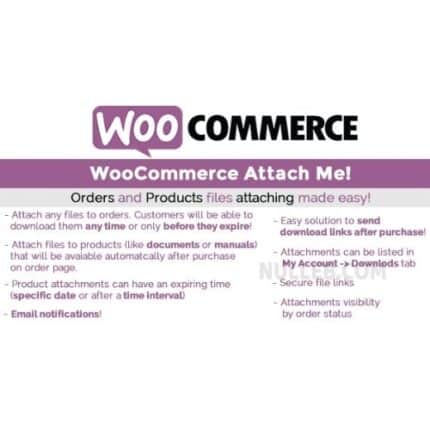 WooCommerce Attach Me!
WooCommerce Attach Me!
$41.00Original price was: $41.00.$4.02Current price is: $4.02.In stock
-
 Magic Post Thumbnail Pro
Magic Post Thumbnail Pro
$53.71Original price was: $53.71.$3.69Current price is: $3.69.In stock
-
 Bus Ticket Booking with Seat Reservation PRO
Bus Ticket Booking with Seat Reservation PRO
$53.71Original price was: $53.71.$4.02Current price is: $4.02.In stock
-
 GiveWP + Addons
GiveWP + Addons
$53.71Original price was: $53.71.$3.85Current price is: $3.85.In stock
-
 ACF Views Pro
ACF Views Pro
$62.73Original price was: $62.73.$3.94Current price is: $3.94.In stock
-
 Kadence Theme Pro
Kadence Theme Pro
$53.71Original price was: $53.71.$3.69Current price is: $3.69.In stock
-
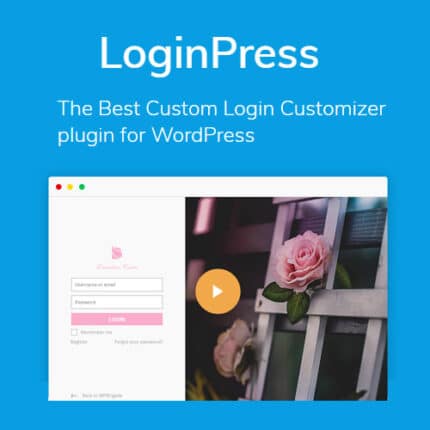 LoginPress Pro
LoginPress Pro
$53.71Original price was: $53.71.$4.02Current price is: $4.02.In stock
-
 ElementsKit – Addons for Elementor
ElementsKit – Addons for Elementor
$53.71Original price was: $53.71.$4.02Current price is: $4.02.In stock
-
 CartBounty Pro – Save and recover abandoned carts for WooCommerce
CartBounty Pro – Save and recover abandoned carts for WooCommerce
$53.71Original price was: $53.71.$3.94Current price is: $3.94.In stock
-
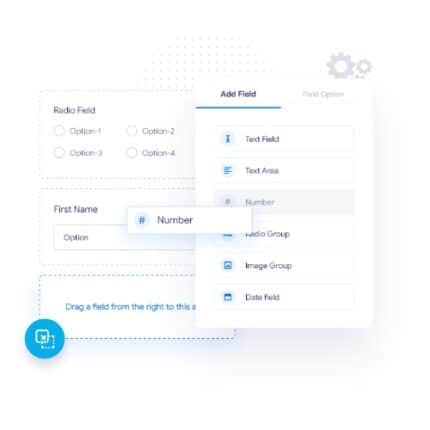 Checkout Field Editor and Manager for WooCommerce Pro
Checkout Field Editor and Manager for WooCommerce Pro
$53.71Original price was: $53.71.$3.94Current price is: $3.94.In stock
-
 Social Auto Poster
Social Auto Poster
$53.71Original price was: $53.71.$3.94Current price is: $3.94.In stock
-
 Vitepos Pro
Vitepos Pro
$53.71Original price was: $53.71.$12.30Current price is: $12.30.In stock
-
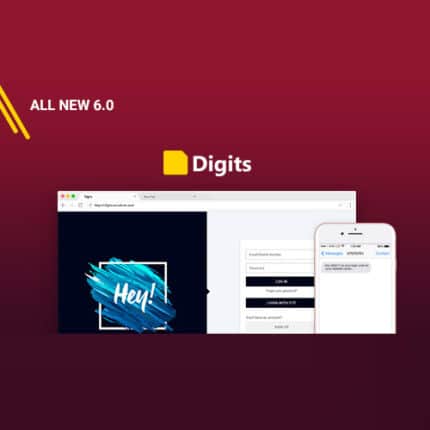 Digits : WordPress Mobile Number Signup and Login
Digits : WordPress Mobile Number Signup and Login
$53.71Original price was: $53.71.$3.94Current price is: $3.94.In stock
-
 JetEngine For Elementor
JetEngine For Elementor
$53.71Original price was: $53.71.$3.94Current price is: $3.94.In stock
-
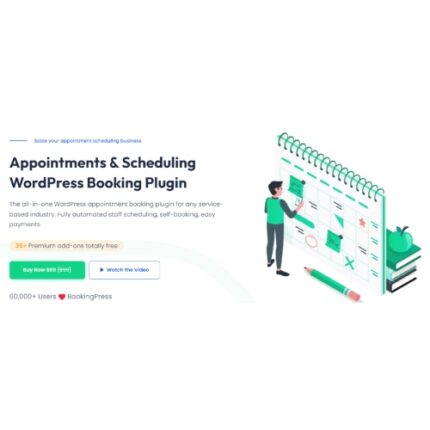 BookingPress Pro – Appointment Booking plugin
BookingPress Pro – Appointment Booking plugin
$53.71Original price was: $53.71.$3.94Current price is: $3.94.In stock
-
 Polylang Pro
Polylang Pro
$53.71Original price was: $53.71.$3.94Current price is: $3.94.In stock
-
 All-in-One WP Migration Unlimited Extension
All-in-One WP Migration Unlimited Extension
$53.71Original price was: $53.71.$3.94Current price is: $3.94.In stock
-
 Slider Revolution Responsive WordPress Plugin
Slider Revolution Responsive WordPress Plugin
$53.71Original price was: $53.71.$4.51Current price is: $4.51.In stock
-
 Advanced Custom Fields (ACF) Pro
Advanced Custom Fields (ACF) Pro
$53.71Original price was: $53.71.$3.94Current price is: $3.94.In stock
-
 Gillion | Multi-Concept Blog/Magazine & Shop WordPress AMP Theme
Rated 4.60 out of 5
Gillion | Multi-Concept Blog/Magazine & Shop WordPress AMP Theme
Rated 4.60 out of 5$53.71Original price was: $53.71.$5.00Current price is: $5.00.In stock
-
 Eidmart | Digital Marketplace WordPress Theme
Rated 4.70 out of 5
Eidmart | Digital Marketplace WordPress Theme
Rated 4.70 out of 5$53.71Original price was: $53.71.$5.00Current price is: $5.00.In stock
-
 Phox - Hosting WordPress & WHMCS Theme
Rated 4.89 out of 5
Phox - Hosting WordPress & WHMCS Theme
Rated 4.89 out of 5$53.71Original price was: $53.71.$5.17Current price is: $5.17.In stock
-
 Cuinare - Multivendor Restaurant WordPress Theme
Rated 4.14 out of 5
Cuinare - Multivendor Restaurant WordPress Theme
Rated 4.14 out of 5$53.71Original price was: $53.71.$5.17Current price is: $5.17.In stock
-
 Eikra - Education WordPress Theme
Rated 4.60 out of 5
Eikra - Education WordPress Theme
Rated 4.60 out of 5$62.73Original price was: $62.73.$5.08Current price is: $5.08.In stock
-
 Tripgo - Tour Booking WordPress Theme
Rated 5.00 out of 5
Tripgo - Tour Booking WordPress Theme
Rated 5.00 out of 5$53.71Original price was: $53.71.$4.76Current price is: $4.76.In stock
-
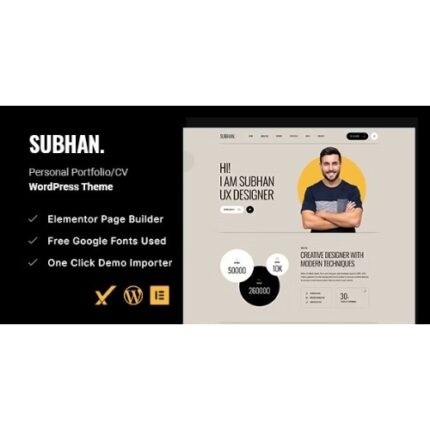 Subhan - Personal Portfolio/CV WordPress Theme
Rated 4.89 out of 5
Subhan - Personal Portfolio/CV WordPress Theme
Rated 4.89 out of 5$53.71Original price was: $53.71.$4.76Current price is: $4.76.In stock











